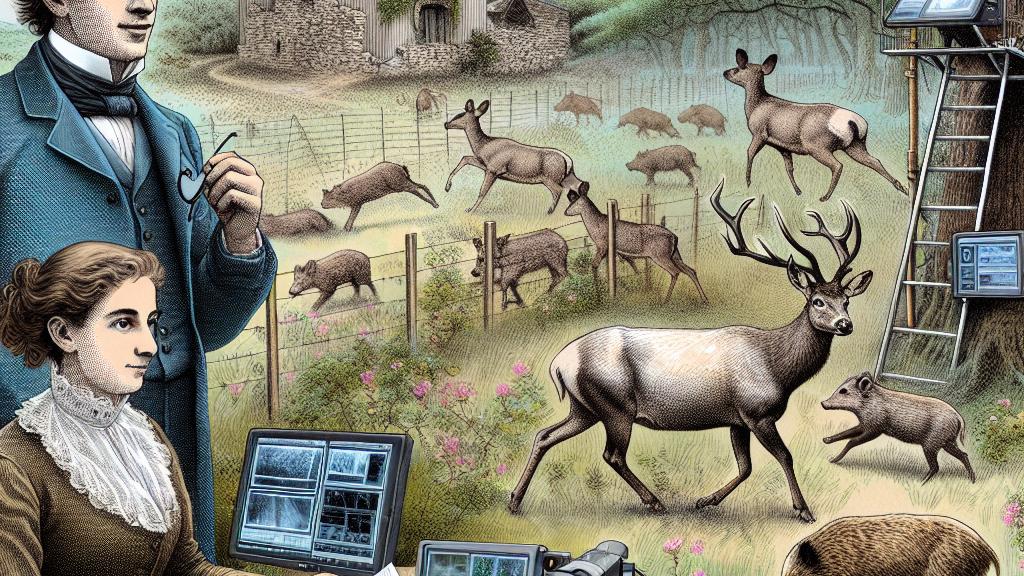Using Technology to Prevent Animal and Vehicle Collisions
Overview
- A groundbreaking approach to reduce dangerous animal-vehicle collisions.
- Combines field sensors, advanced AI, and ecological modeling techniques.
- Has the potential to transform safety measures across all transport infrastructures.

Transformative Research in France
Nestled in the beautiful landscapes of southwestern France, a team of innovative researchers is spearheading a revolutionary strategy to mitigate the pressing issue of animal-vehicle collisions. These incidents, often devastating for both wildlife and human drivers alike, lead to severe consequences and financial losses. Led by the enthusiastic duo, Sylvain Moulherat and Léa Pautrel, this initiative brilliantly integrates technology with ecological expertise. Picture a network of high-tech camera traps strategically placed along roadsides, capturing stunning imagery of local wildlife—like the elegant roe deer and the robust wild boar—as they tread their natural paths. This cutting-edge method is crucial, as it sheds light on the vital areas where these animals are likely to encounter vehicles, thus paving the way for informed decision-making.
The Art of Mapping Collision Risks
The research kicks off with state-of-the-art ecological modeling software that simulates the movements of various animal species in and around transport networks. By mapping these interactions, researchers can identify critical collision hotspots—specific locations where vehicle and animal interactions pose the highest risks. Once they determine these key areas, the team cleverly designs strategies for sensor deployment aimed at optimizing data collection and maximizing safety. Every click of the camera reveals new insights; AI algorithms analyze the images to detect and identify species, transforming raw data into actionable intelligence. Consequently, the results produce intricate abundance maps that outline high-risk zones, enabling transportation managers to implement effective preventative measures where they matter most.
Creating a Safer Future for Wildlife and People
The implications of this research extend far beyond addressing current accidents; it opens up exciting possibilities for the future of transportation planning. Imagine if, as you drive, your vehicle’s technology could alert you in real-time about nearby wildlife. This future could be within reach, thanks to the integration of biodiversity monitoring systems into transportation infrastructure. By using continuous data collection, new technologies could empower drivers to make informed decisions, ultimately reducing the risks of wildlife-vehicle encounters. This visionary initiative emphasizes the importance of harmonizing human activity with wildlife conservation efforts, ultimately promoting a future where both can thrive in tandem.

Loading...